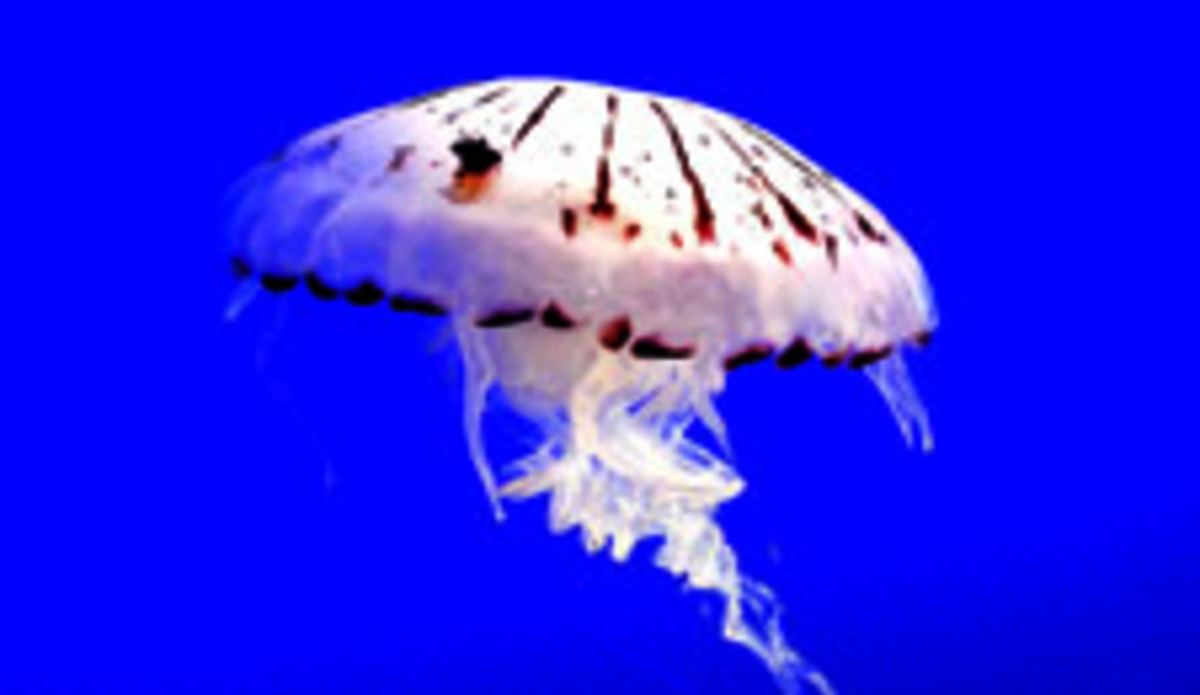Saved from the Sting of a Fish!
Dr Timothy, a Professor of History at the William Tubman University in Harper, was enjoying a swim in the sea in mid April when he got this sting on the head from nowhere. The excruciating pain was only the beginning of his troubles.
He was breathing with difficulty, compounded by nausea, when he arrived at the emergency department of the PakBatt Level 2 Hospital in Harper early in the afternoon. He was restless and sweating profusely.
Life sign examinations showed a weak pulse and low blood pressure. His breathing, too, was slow and wheezy in the chest.
A provisional diagnosis of Severe Anaphylactic Reaction due to jellyfish sting was made and he was immediately given oxygen and fluids were rapidly infused to replenish intravascular volume.
At the same time steroids and anti-allergics were administered, along with efforts to relieve the bronchospasm. The scalp area was washed with vinegar and inspected for presence of any remaining tentacles.
It took a while to stabilize the patient, but Dr Timothy eventually came around with easier breathing and normal blood pressure. He was kept overnight for observation and discharged the following morning with a kind advice to look out for jellyfish the next time he ventured out for another swim.
There are more than a hundred species of Jelly fish, and the severity and treatment of their stings vary widely. The underwater tentacles of Jellyfish can be long and difficult to see and so pose a hazard to all ocean swimmers.
In regions where jellyfish stings occur, the most effective means of prevention is to avoid the waters during Jellyfish season. It is also highly recommended to wear clothing or suits that provide a mechanical barrier to sting when swimming in waters with Jellyfish. It is also important to avoid touching tentacles along the shore, since these often contain nematocysts that can discharge and sting.
 UN
UN United Nations Peacekeeping
United Nations Peacekeeping





